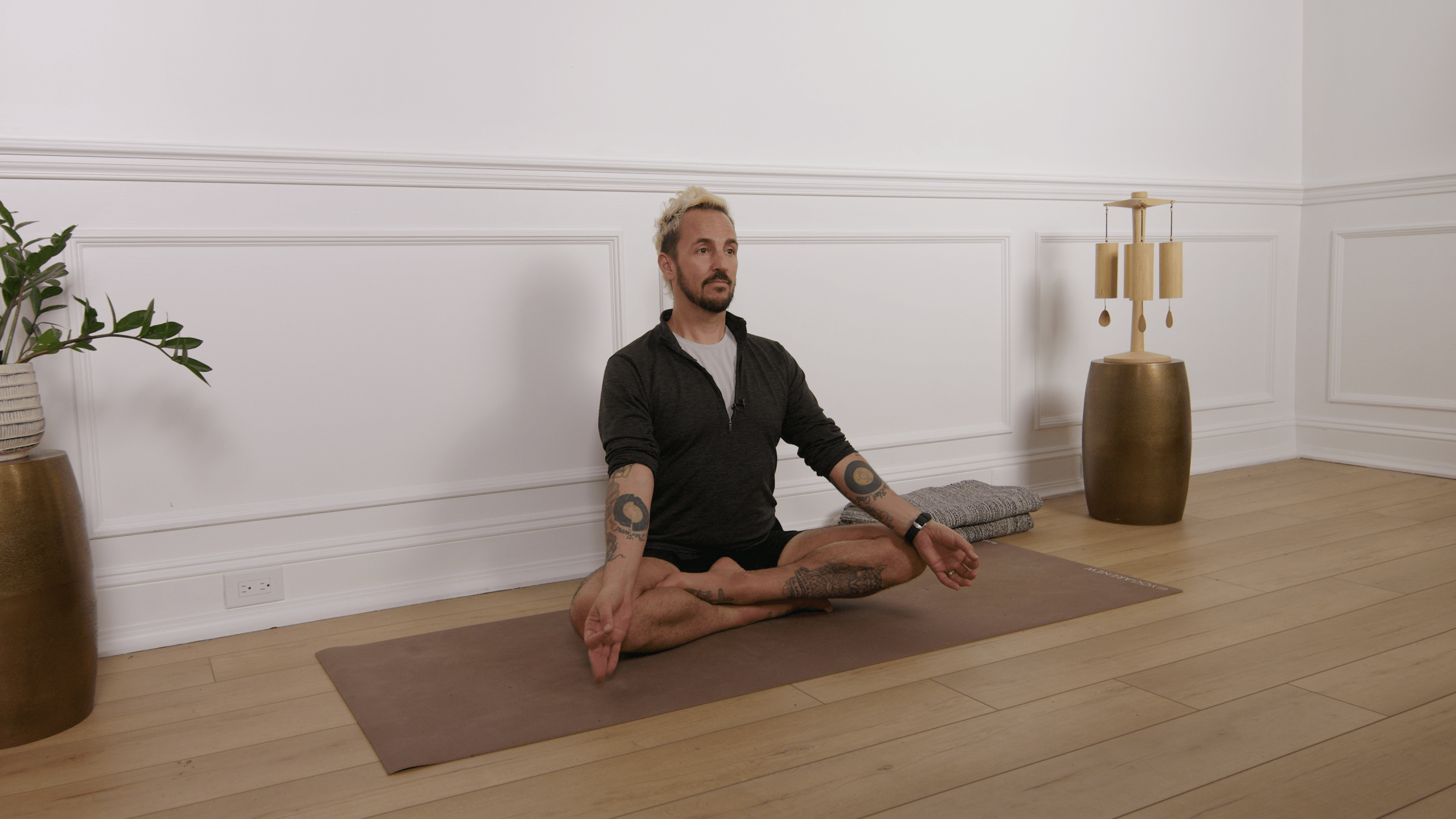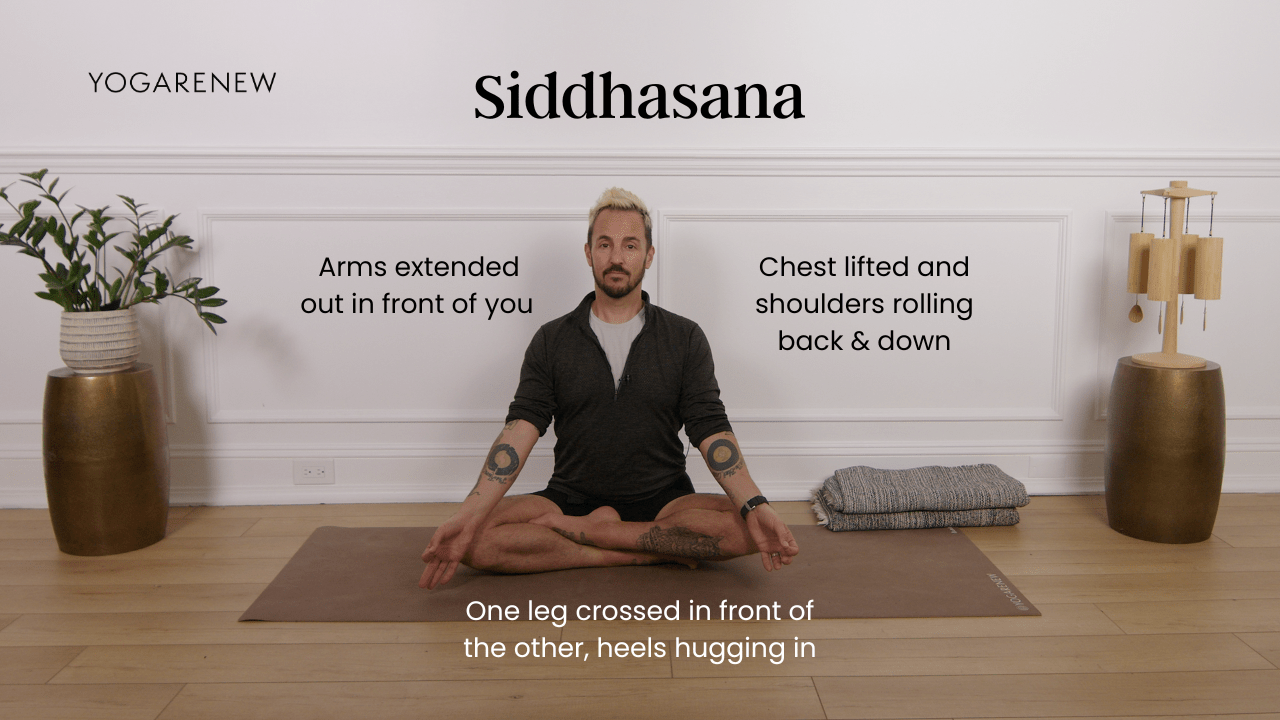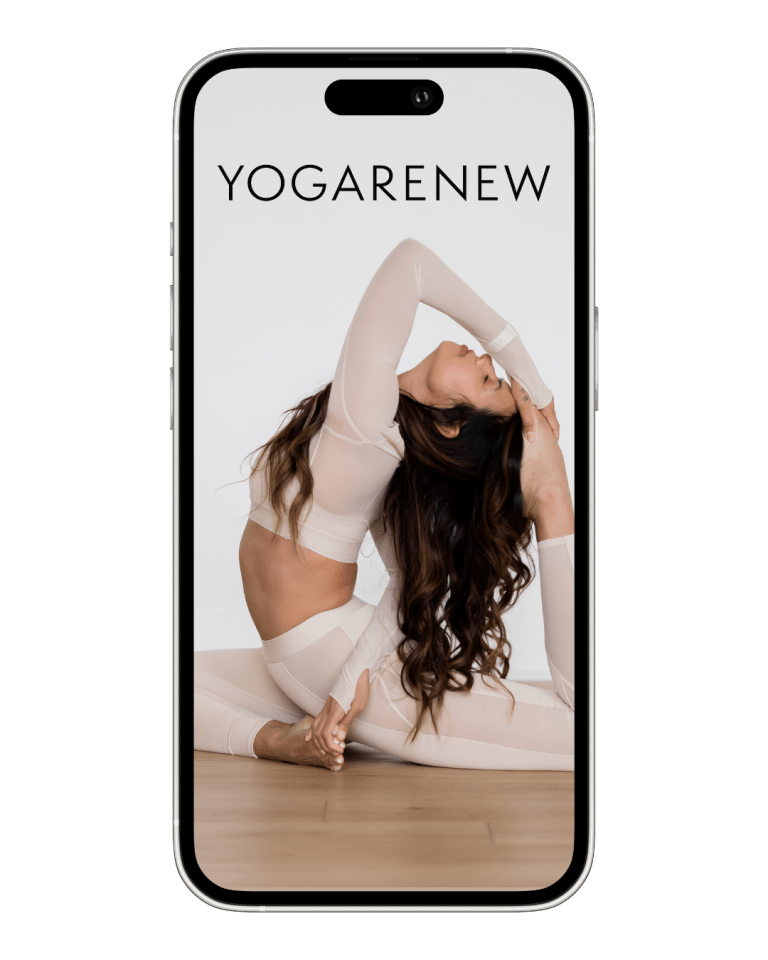What is Siddhasana?
English Name: Accomplished Pose
Sanskrit Name: Siddhāsana (pronounced sid-DAH-suh-nuh)
Category: Seated, Meditative, Foundational, Beginner-Friendly

English Name: Accomplished Pose
Sanskrit Name: Siddhāsana (pronounced sid-DAH-suh-nuh)
Category: Seated, Meditative, Foundational, Beginner-Friendly
Siddhasana, or Accomplished Pose, is a classical seated posture used in yoga and meditation traditions for centuries. Known for its grounding and stabilizing qualities, this pose facilitates long periods of stillness, breath control (pranayama), and meditative focus.
Unlike more demanding seated poses like Padmasana (Lotus Pose), Siddhasana offers a structured yet accessible alternative that aligns the spine, opens the hips, and anchors the body—making it ideal for inner work and spiritual practice.

Siddhasana is more than just a seated pose—it’s a gateway to inner stillness and self-awareness. It provides the physical stability needed for deeper practices like meditation, breathwork, or mantra repetition. The subtle alignment encourages both groundedness and energetic lift, making it a foundational seat for yogic inquiry.
Regular practice of Siddhasana helps cultivate patience, focus, and inner steadiness. It trains both body and mind to rest in presence—offering a calm refuge in a fast-moving world.
It depends on your body. Siddhasana offers more structure and energetic alignment, but Sukhasana is easier for many beginners.
That’s completely fine—use props under the knees for support.
Yes—but use cushions, adjust as needed, and take breaks to avoid numbness or discomfort.

Explore classes & pose tutorials for any style, format, duration or experience level with a free account in the YogaRenew app. Or subscribe and gain access to workshops, live classes and more.